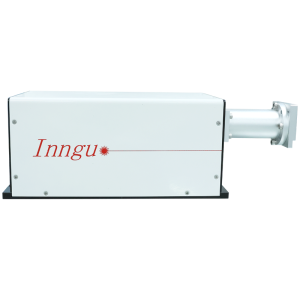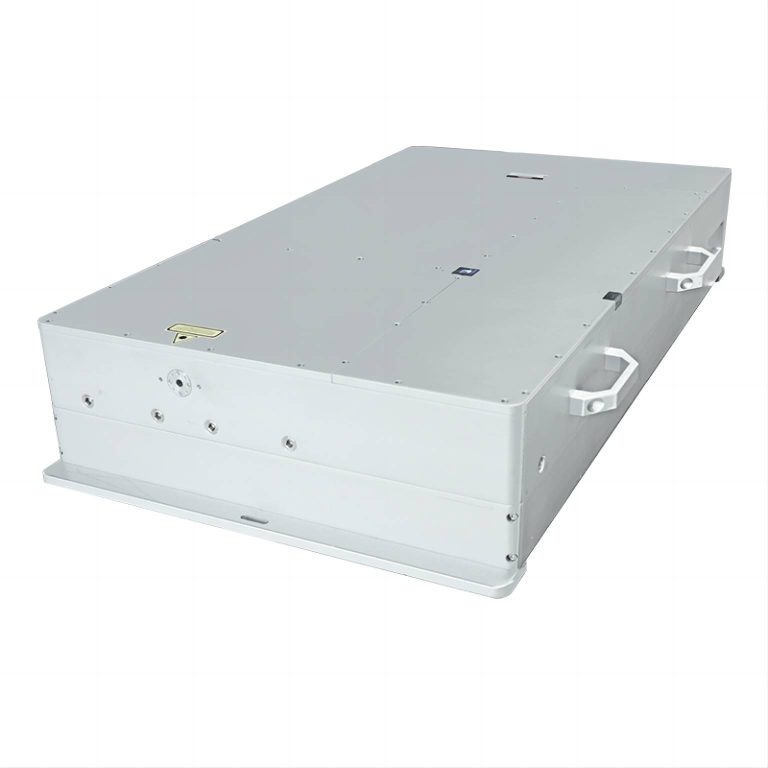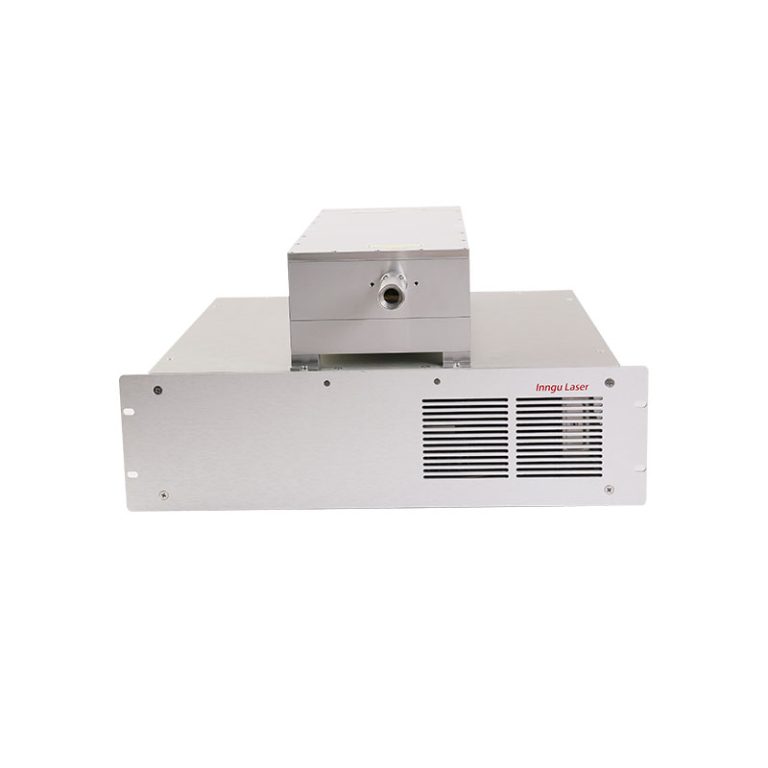In the realm of modern technology, the integration of lasers has revolutionized numerous industries, amplifying precision, speed, and efficiency in various applications. Among the diverse array of laser types available, the 10W UV nanosecond laser stands out as a pivotal tool reshaping manufacturing, medical, scientific, and other industries. With its unique capabilities, this specific laser has ushered in a new era of possibilities and innovations across multiple sectors.
Understanding the 10W UV Nanosecond Laser
Before delving into its impact across industries, it’s crucial to comprehend the fundamentals of the 10W UV nanosecond laser. This specific type of laser operates at 10 watts of power and emits ultraviolet (UV) light pulses lasting in the nanosecond range, measured at billionths of a second. This precision in time and power delivery distinguishes it from other laser types, granting it unparalleled accuracy and control.
Applications in Manufacturing
In manufacturing, the 10W UV nanosecond laser has emerged as a game-changer. Its precise and rapid pulses make it indispensable in various processes such as micro-machining, semiconductor manufacturing, and printed circuit board (PCB) fabrication. The laser’s ability to precisely etch and ablate materials, including metals and ceramics, facilitates intricate designs and miniaturization, significantly enhancing production capabilities.
Industries reliant on high-precision manufacturing, such as aerospace and automotive, have reaped immense benefits from this technology. The laser’s capability to create precise, fine features on materials enables the production of lighter, stronger, and more efficient components, ultimately contributing to advancements in these sectors.
Medical and Scientific Advancements
Beyond manufacturing, the impact of 10W UV nanosecond lasers extends into the medical and scientific domains. In medicine, these lasers play a crucial role in delicate procedures like eye surgeries, dermatology treatments, and dental procedures. Their precise energy delivery and minimal thermal impact ensure accuracy while minimizing damage to surrounding tissues, making them invaluable tools for medical professionals.
In scientific research, these lasers find utility in spectroscopy, material analysis, and even in studying molecular structures. The ability to deliver short, controlled bursts of energy enables scientists to investigate the properties of various materials at a molecular level, contributing significantly to advancements in chemistry, physics, and materials science.
Optimizing Industrial Processes
In the industrial landscape, the application of 10W UV nanosecond lasers extends far beyond the sectors previously discussed. Their high precision and versatility have transformed the way industries handle intricate tasks and quality control measures.
Microelectronics and Semiconductor Fabrication
One of the most significant impacts of 10W UV nanosecond lasers is observed in the microelectronics and semiconductor industries. The demand for smaller, more powerful electronic devices has surged, and these lasers have answered the call by enabling incredibly precise micro-machining and thin-film processing.
In semiconductor manufacturing, these lasers assist in doping silicon, cutting substrates, and patterning microcircuits. The ability to etch intricate patterns on silicon wafers with utmost accuracy and minimal thermal impact has revolutionized the production of integrated circuits, paving the way for smaller and more efficient electronic devices.

Additive Manufacturing and 3D Printing
The realm of additive manufacturing, including 3D printing, has also embraced the capabilities of 10W UV nanosecond lasers. In selective laser sintering and melting processes, these lasers aid in fusing or melting powders to create intricate 3D structures layer by layer. Their precision ensures high resolution and accuracy in producing complex parts, contributing significantly to the growth of rapid prototyping and customized manufacturing.
Advancements in Optoelectronics and Photonics
Optoelectronics and photonics have seen a surge in innovation due to the contributions of 10W UV nanosecond lasers. These lasers are instrumental in manufacturing optoelectronic devices such as LEDs (light-emitting diodes), OLEDs (organic light-emitting diodes), and photonic integrated circuits.
Their ability to process various materials—ranging from silicon to specialized polymers—with exceptional precision has allowed for the creation of intricate optical components, enhancing the efficiency and functionality of these devices.
Environmental and Energy Applications
The influence of 10W UV nanosecond lasers isn’t confined solely to traditional industries. Their impact has reached environmental and energy-related sectors as well. For instance, these lasers are employed in environmental monitoring and analysis, aiding in the detection and analysis of pollutants and contaminants in air and water samples with exceptional accuracy.
Additionally, in the energy sector, these lasers are instrumental in the development of solar panels and energy-efficient devices. The precision offered by these lasers enables the creation of intricate patterns on photovoltaic cells, enhancing their efficiency and contributing to the expansion of renewable energy technologies.
Emerging Trends and Future Directions
Looking ahead, the trajectory of 10W UV nanosecond lasers seems poised for continuous growth and evolution. Advancements in laser technology, including improvements in beam quality, increased power output, and enhanced control mechanisms, are on the horizon. These developments will likely expand the applications of these lasers further, making them even more indispensable across industries.
Moreover, the convergence of 10W UV nanosecond lasers with other cutting-edge technologies like artificial intelligence (AI) and robotics is anticipated to revolutionize manufacturing and automation. AI-driven optimization of laser parameters and robotic precision in handling materials promise to enhance efficiency and accuracy in industrial processes.
Conclusion
The impact of 10W UV nanosecond lasers across various industries is undeniable. From revolutionizing manufacturing processes to enabling breakthroughs in medical treatments and scientific research, these lasers continue to push the boundaries of what’s possible. As technology advances and challenges are addressed, these lasers are poised to play an even more integral role in shaping the future of multiple industries, driving innovation and progress in diverse fields around the world.


